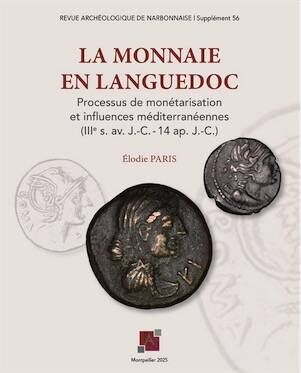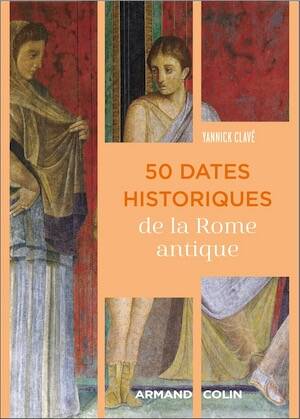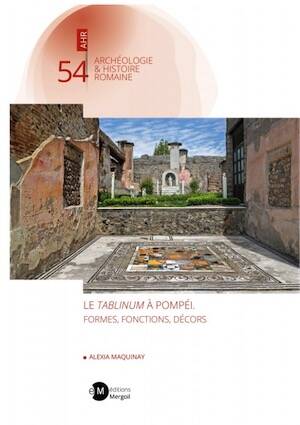- Search
- Advanced search
Miniature Votive Offerings in the Roman North-West, 2009, 300 p., 200 ill. -
Miniature votive offerings are small non-functional representations of day to day objects that are commonly found on sanctuary sites in the north-west provinces of the Roman Empire. They are frequently seen as evidence for a universal Romano-Celtic rite of miniaturisation, which enabled individual worshippers to dedicate models in the place of things they could not otherwise afford. This practice is typically seen as belonging to a Roman tradition of making personal votive offerings, which replaced the large scale ritual deposition of war booty and precious metal that had characterised Iron Age religion. By considering these objects in light of their archaeological findspots, distribution, chronology and symbolic significance, this book demonstrates that miniature votive offerings were not produced as part of a single ritual phenomenon. The various types (wheels, arms and armour, axes, coins, tools, the so-called Mithrassymbole etc.) were all produced for specific and often unrelated reasons. Some were communal, rather than individual offerings, and functioned as substitutes for high value offerings of the past that were now no longer feasible. Such offerings belong to a transitional phase between Iron Age and Roman religion. Other miniature votive offerings, deposited both by individuals and groups, functioned as symbols of particular divinities or ritual acts and were used from the late Iron Age to the end of the Roman period. Seemingly insignificant and simple artefacts, miniature votive offerings present a wealth of insight into ancient religious practices and mentalities.
Référence : 40132.
German
39,00 €
In the same Epoch
New

La Monnaie en Languedoc. Processus de monétarisation et influences Méditerranéennes (IIIe S. av. J.-C. 14 ap. J.-C.), (56e Supplément RAN), 2025, 328 ...
Réf : 57829.
French
40,00 €
New

22,00 €


